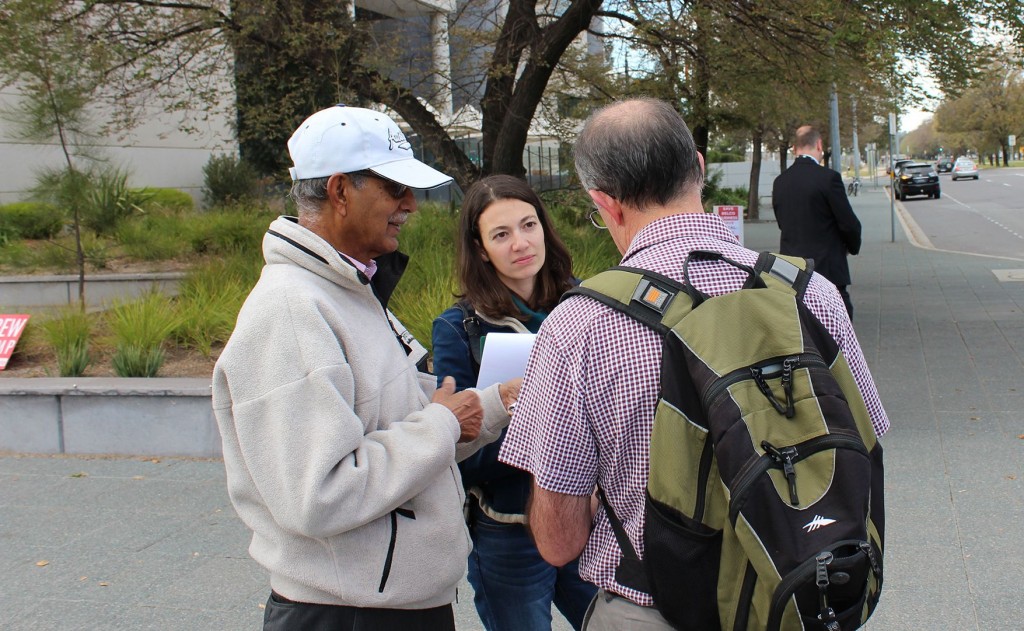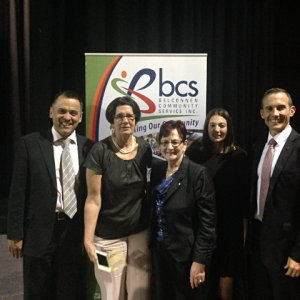If you are a regular taxi user, there’s a good chance you’ve heard of Uber, the upstart company that is threatening taxi industries all over the world.
Already operating in Sydney, Melbourne, Brisbane, Perth and Adelaide, Uber hopes to start operating in Canberra by October, with 1000 people already expressing interest in becoming drivers.
Uber works by providing two smartphone apps: one for riders and one for drivers. Riders request a ride, and drivers indicate their availability to provide a ride. Uber provides three options: UberBlack, a luxury hire care service; UberTaxi, a request for a licensed cab; and UberX, to request a “regular” car.
It is UberX that has caused the most consternation among the taxi industry and some pundits, since these cars are operated by “ordinary” people. Uber has always maintained that it is not a taxi service, but an “on-demand ride sharing” service.
Despite most governments declaring UberX to be illegal as it was launched, Uber has simply paid the fines and blocked the mobile phones of undercover government investigators attempting to bust these “unregistered” drivers.
There is a legitimate case for concern about UberX. As Andrew Leigh, Member for Fraser wrote:
The regulatory issues surrounding Uber are varied and complex. They include the need to ensure public safety both for those in the car and on surrounding public streets, and the lack of transparency about the company’s pricing model and relationship with its drivers. Then there’s the question of insurance for mixed private and commercial use of a car, and the challenge of ensuring that drivers pay tax on what they earn.
Despite this, Uber’s aggressive tactics seem to be working. Attempts to prosecute UberX drivers in the courts are mostly failing. The WA, NSW, and ACT governments are conducting reviews into the taxi industry. Uber itself has indicated that it wants to operate under a regulated model.
None of Uber’s tactics would matter if the service offered wasn’t one that people wanted, but given that more than 11 per cent of Sydney residents used UberX or another ride-sharing servicein 2014, including politicians, demand doesn’t appear to be an issue.
The question seems to be when, not if, UberX will be allowed to operate legally in Australia. What are the concerns that should be addressed? UnionsACT have submitted that Uber drivers should be considered employees and not contractors:
Although Uber refers to drivers as “independent contractors”, Uber drivers have few or none of the characteristics of a genuine independent contractor. A more appropriate term to refer to Uber drivers’ and other “on demand” workers’ form of employment is “on-hire employment services” where workers are covered by their employing company and work in a host organisation or on specific tasks.
A Californian court recently agreed with this point of view, finding that UberX drivers were employees of the company. This was, in part, because “Uber controls the tools driver use, monitors their approval ratings and terminates their access to the system if their ratings fall below 4.6 stars”.
Not that the taxi industry is a haven of happy drivers either. UnionsACT noted in their same submission that:
The taxi industry for decades has grossly exploited drivers. In 2011 the average hourly rate for a taxi driver was approximately $10 per hour, far below the minimum wage. Reports into the industry found it was rife with poor working conditions, unacceptable risks to safety and low levels of remuneration.
It’s important for governments to protect workers against exploitation, but much like technology has massively changed the way we consume music and videos, it’s very difficult to put the genie back in the bottle. There aren’t easy solutions here. And if the taxi industry thinks it has problems now, just wait until driverless cars become common – possibly as little as 10 years away.







